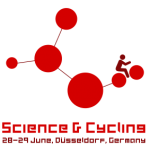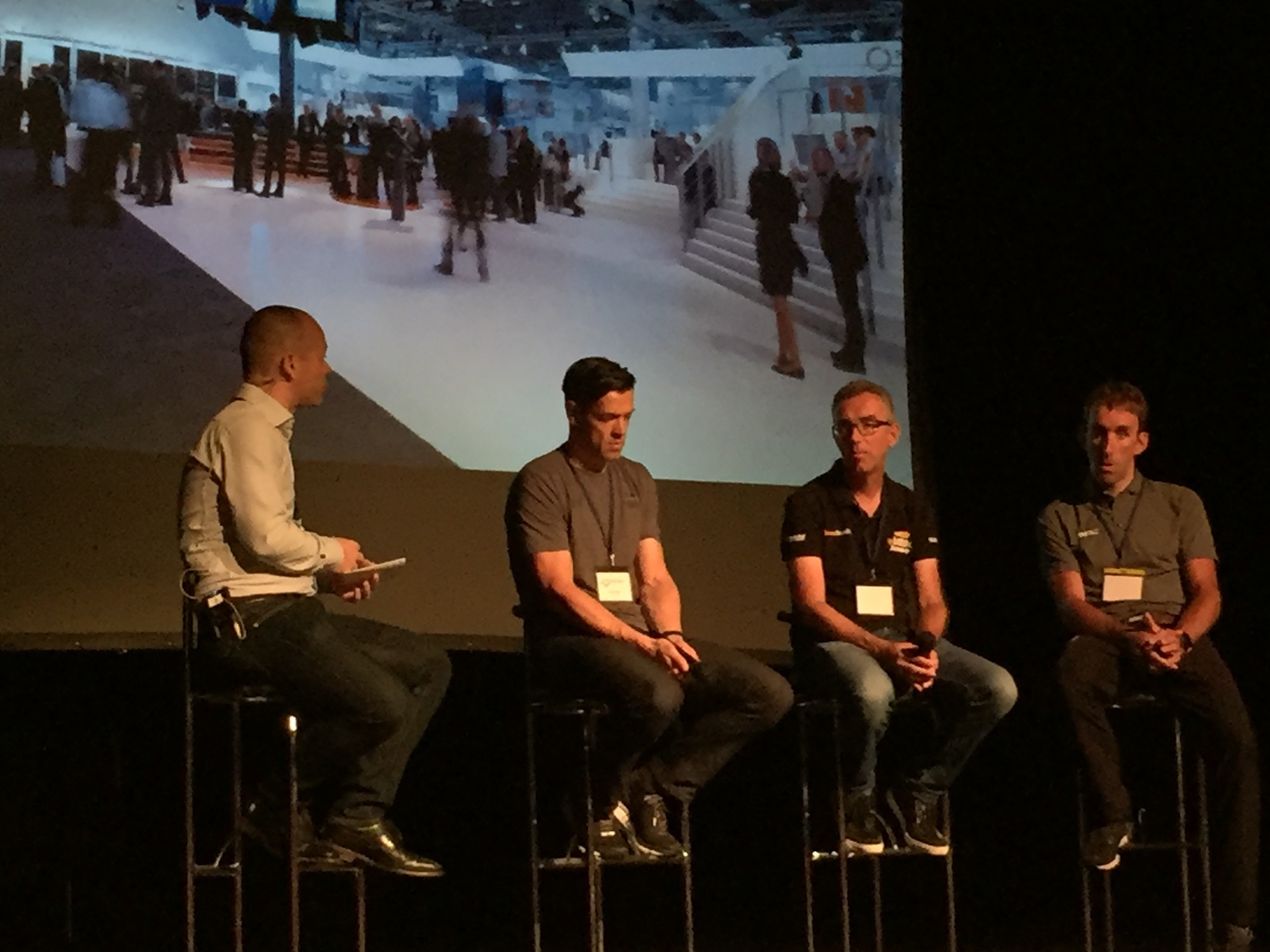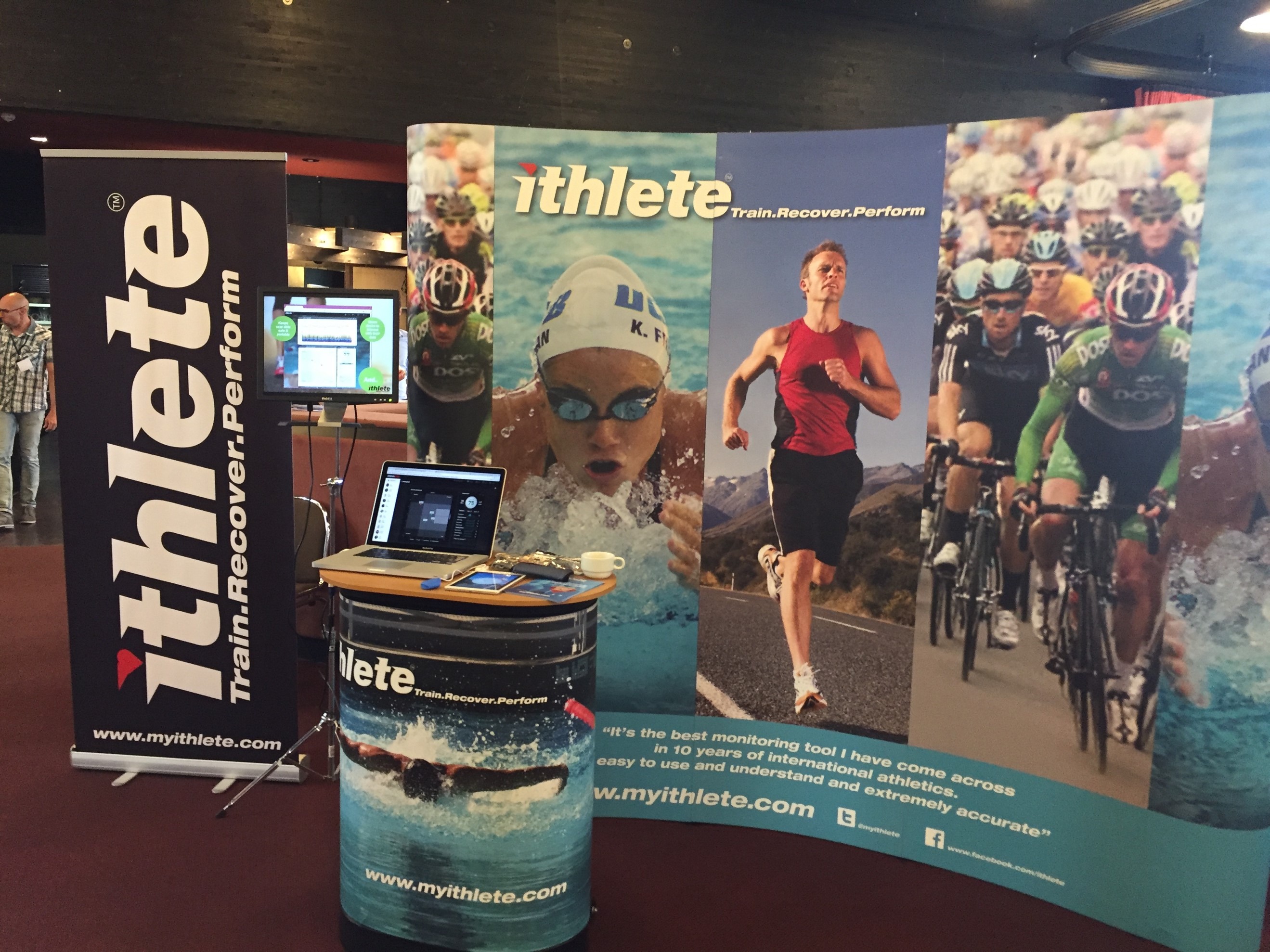 Science and Cycling is an annual event, held near to the start of the Tour de France. The event enables sports science researchers and top-level practitioners to mix informally, and to listen and participate in a formal program of high quality peer reviewed presentations.
Science and Cycling is an annual event, held near to the start of the Tour de France. The event enables sports science researchers and top-level practitioners to mix informally, and to listen and participate in a formal program of high quality peer reviewed presentations.
Our ithlete team have exhibited and attended Science and Cycling for two years now, and have enjoyed the interaction with coaches and academics tremendously.
Rather than go through the papers in order, I will pick out a few highlights and pieces of useful information that I didn’t know before in the hope that readers will find it more accessible.
Altitude camps
These seem to be regarded as indispensable now for performance development, and the format seems to have settled on Live High Train Low (LHTL). The reason for this is that whilst the athletes sleep in an oxygen deprived environment above 2000m, which encourages increased red blood cell production via (natural!) EPO, training is carried out between sea level and 1500m, allowing maximal intensities to be reached for training stimulus. What surprised me was that these camps are up to 3 weeks long. A post presentation discussion suggests that the benefits are not limited to increased oxygen carrying capacity (which should produce a 3-5% power improvement after 3 weeks), but the focused work program together with their racing team mates make a large contribution.
Low carb
The Science and Cycling opening forum consisted of new team Sky innovation director Scott Drawer, and performance coaches David Bailey (BMC) and Louis Delahaije (Lotto – Jumbo). I posed them a question about the suitability of low carb diets to elite level cyclists. They all agreed that whilst carbs were definitely needed for intensive efforts in both training and competition, there were benefits to be gained by occasional overnight fasts and periodised nutrition. David Bailey stressed that individual responses vary and these need to be understood and accommodated.

Psychological training
David Bailey stated that the top 5 in a Grand Tour are on a level physiologically, but what separates them is mental toughness and ability to deal with the pressures. Originally, psychiatrists such as Dr Steve Peters worked directly with the athletes, but now, the specialists work with the team staff who develop the relationship and coach the individual athletes intensively. Scott Drawer’s view is that a lot of what we label talent, is actually mental conditioning that derives from the athlete’s psycho-social background.
Sleep and recovery
Recovery specialist Shona Halson of the AIS gave some great facts about sleep. For good sleep you should fall asleep within 30 minutes, awake once (to go to the bathroom), and you should feel refreshed within 1 hr of waking. Sleep deprivation takes at least 30 hr to affect performance, but regular sleep of less than 5 hours will double your chance of getting sick. There are a lot of reasons why athletes generally don’t sleep well, including poor routine, sleep hygiene, blue light, time on social media and a number of other factors, but showing them that the best athletes do sleep well (and are proud of doing so) will influence their behaviour.
Heat acclimatisation
A stat that surprised me was that to climb Mt Ventoux on a 35 C day (not uncommon), requires you to sweat 2.4L. This amount is non-negotiable, and independent of speed, since that amount of water has to evaporate from the skin to keep the brain below the danger level of 41 C. Techniques to deal with the heat include pre-cooling, and starting slower than target pace. For every 1 C increase in core temperature there is a 1% decrease in gross efficiency. Full adaptation of blood volume and sweating mechanisms takes up to 14 days, though re-acclimatisation takes only 4-5 days.
Cycling Myths
Dr Jim Martin presented a session debunking some common myths about cycling performance. One is that crank length affects performance – it really doesn’t, so riders can choose the length they prefer and find most comfortable. Another was oval chain rings, which he has studied extensively, and found that they only affect ankle movement, not the knee or hip torque curve.
Limited Training Hours
Finally, a coach from St Petersburg presented reasonable age group results from Ironman triathletes who trained on a combined HIT and moderate volume program of only 6 hours per week. This seems to be a good compromise for recreational athletes, and much less than the recommended 15-18 hrs pw which many people with jobs and families would not be able to accommodate.


Great paper ! As usual. And yes…signed ;-)